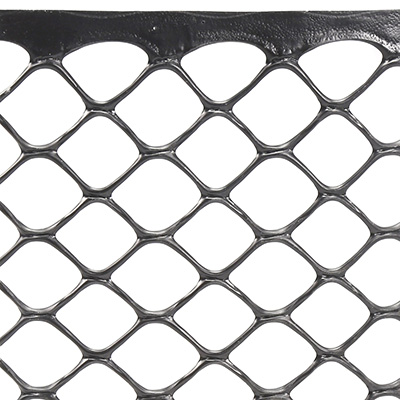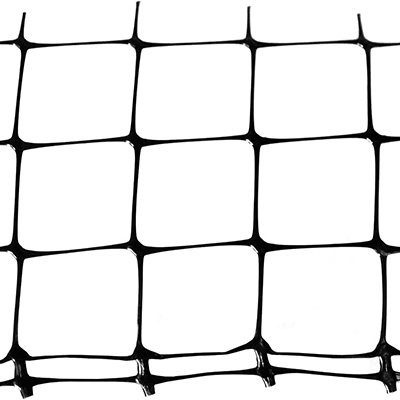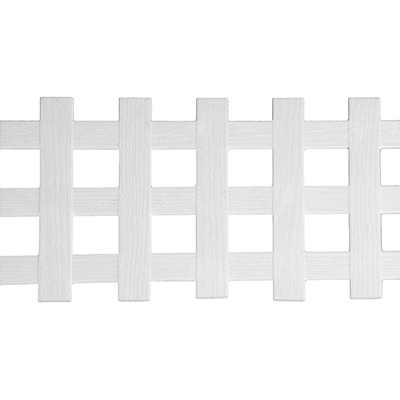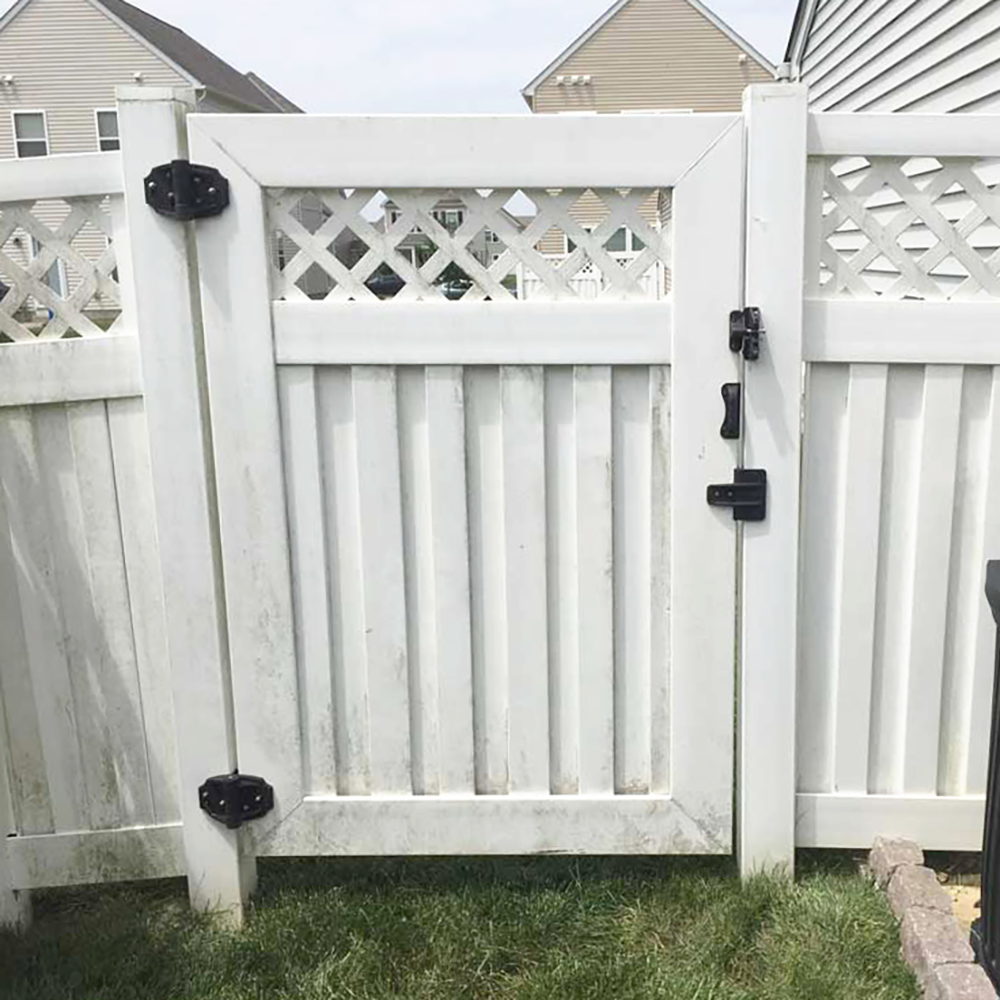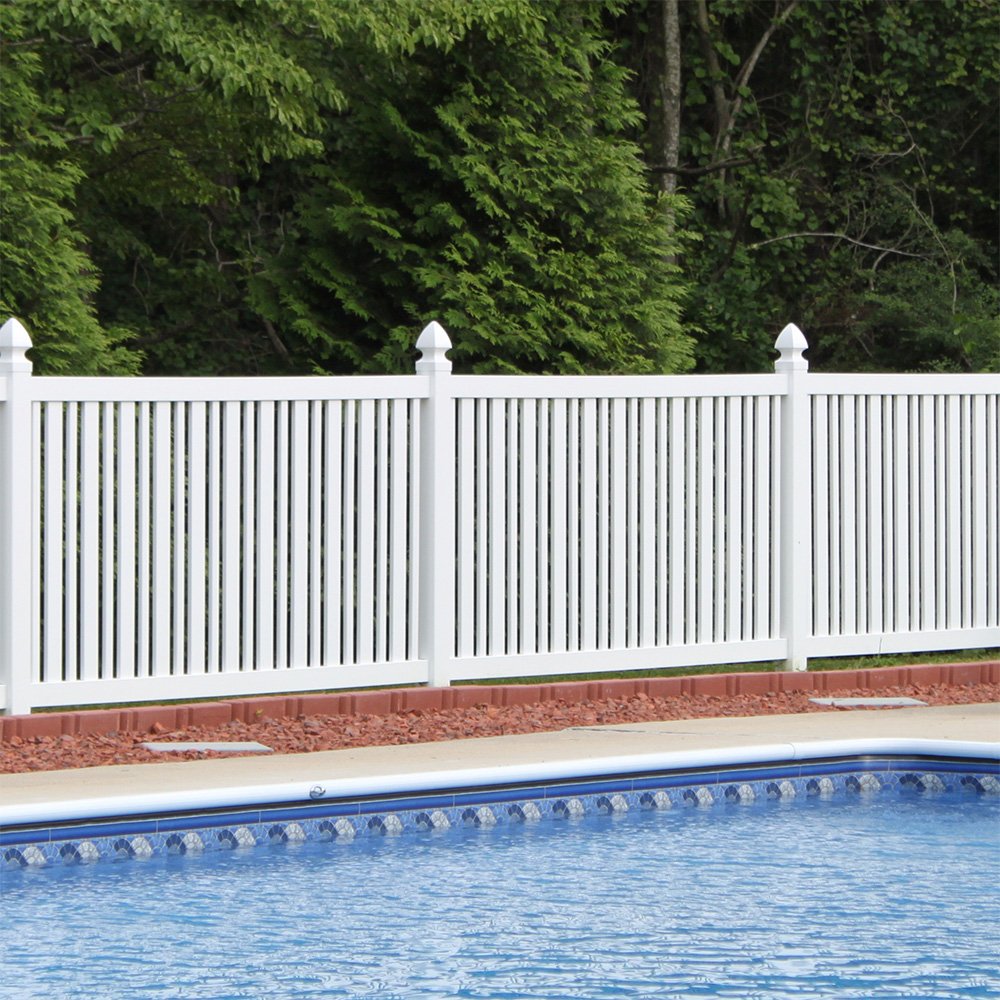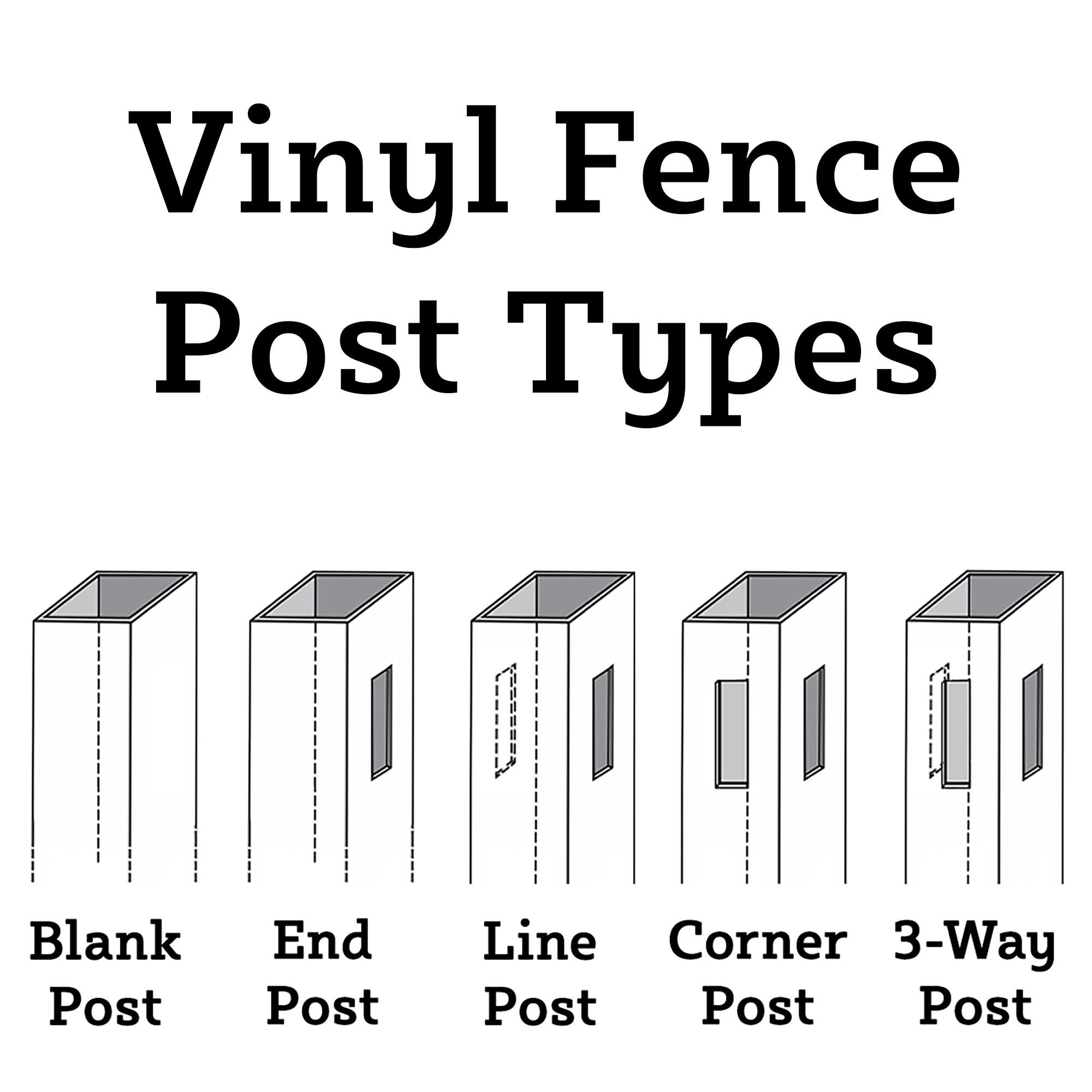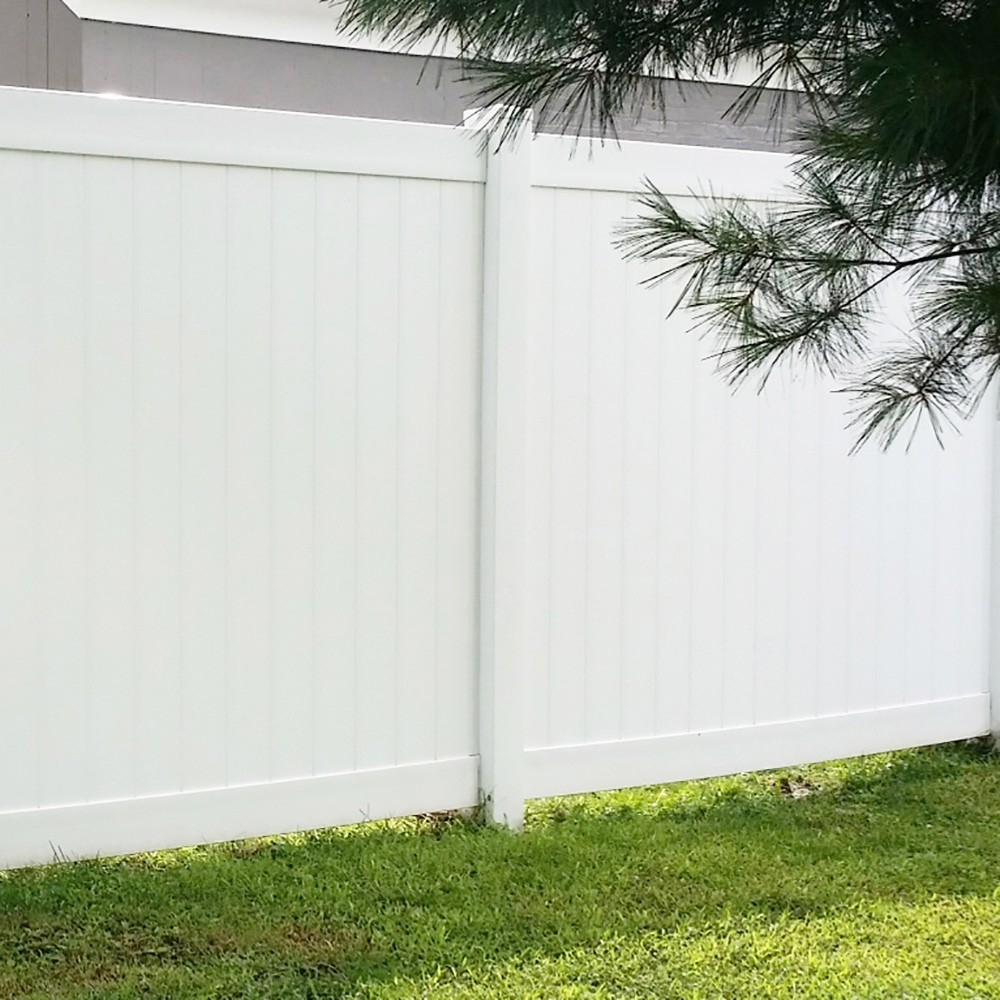How to Fill the Gap Under Your Fence
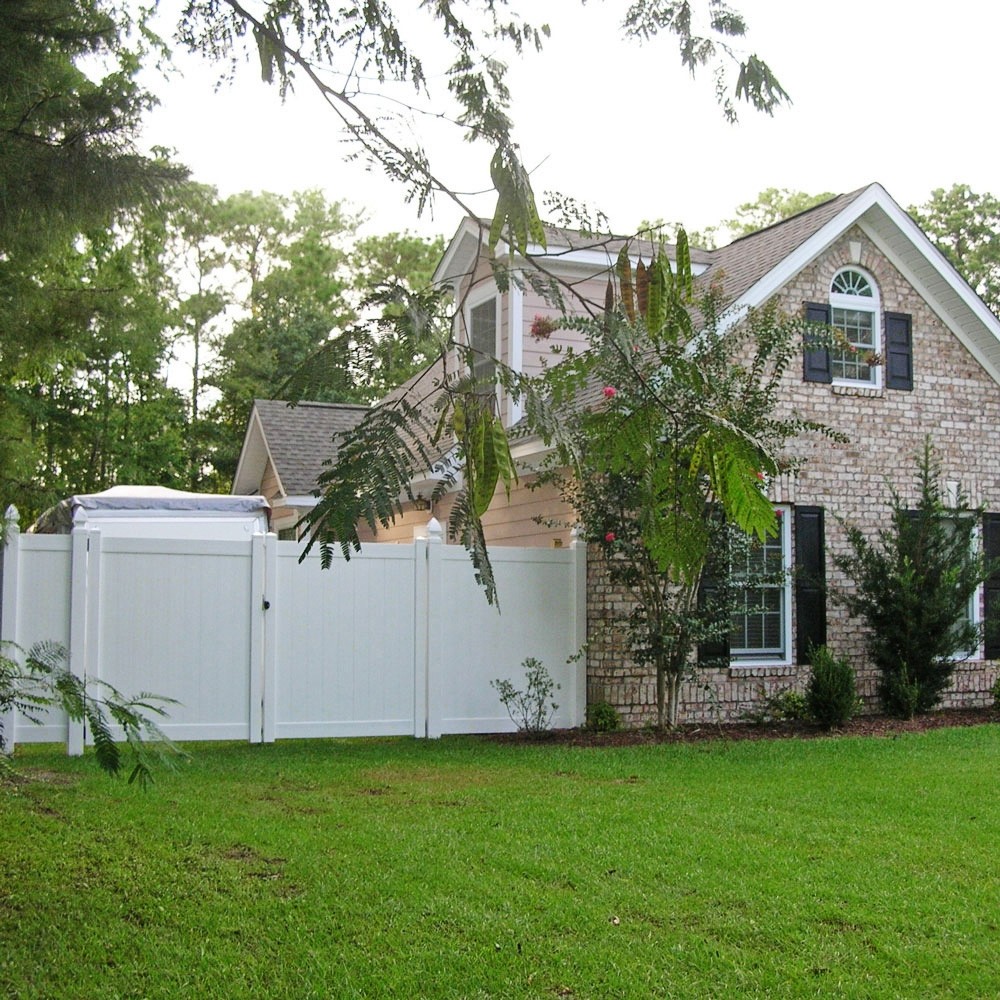
Gaps under fences are a common issue that homeowners encounter, often caused by uneven terrain, shifting soil, or natural settling over time. Whether the fence was installed on a slope or the ground has eroded beneath it, these openings can create functional and aesthetic concerns. While some gaps are minor and go unnoticed, larger openings can compromise the purpose of the fence, making it less effective in providing security, privacy, or containment for pets. Addressing the gap promptly ensures that your fence remains a reliable barrier while maintaining the overall look of your yard.
Beyond aesthetics, gaps under a fence can lead to several practical problems. Pets, particularly small dogs or curious cats, may find an escape route, putting them at risk of getting lost or encountering danger outside the yard. Similarly, unwanted wildlife and pests, such as rabbits, rodents, or stray animals, can easily enter through these openings, potentially causing damage to your garden or property. Additionally, a fence with significant gaps fails to provide full privacy and may reduce the sense of security for homeowners. Before choosing a solution, it's crucial to assess the root cause of the gap - whether it's due to soil erosion, improper fence installation, or shifting ground - so that the most effective and long-lasting fix can be applied.
Adjusting Fence Height: The Preferred Choice
Before considering other solutions, the most effective and natural way to eliminate a gap under your fence is by lowering it. Many gaps form due to shifting soil, improper installation, or gradual ground settling over time. If the fence posts and panels allow for vertical adjustment, lowering the entire fence can provide a seamless fix while preserving its original design. This method ensures that your fence remains an effective barrier for security, privacy, and containment without requiring additional materials or modifications. However, not all fences can be easily adjusted, and several factors may determine whether lowering is a viable solution. Understanding the fence structure, installation method, and potential obstacles will help homeowners determine whether this fix is possible.
Determining If a Vinyl Fence Can Be Lowered
Easier to Lower:
- If the panels are attached with brackets, they can often be unscrewed and repositioned lower on the posts. This is the simplest and least invasive way to adjust the fence height.
- If the posts are not set deeply in concrete, they can be carefully removed, shortened, and reinstalled at a lower depth, making it possible to bring the entire fence closer to the ground.
- If the fence is installed with interlocking panels that slide into routed posts, the posts may be repositioned, or the bottom panel can be replaced with a taller one to close the gap.
More Difficult to Lower:
- If the posts are routed and set in deep concrete, the only way to lower the fence would be to dig out and reinstall the posts, which is labor-intensive and may not be practical./li>
- If the panels fit into pre-cut post slots, the fence cannot be lowered without adjusting the entire post height, which may not be feasible unless you are replacing the posts entirely.
Steps to Lower a Vinyl Fence:
Assess the Fence Structure for Adjustability
Start by determining how your vinyl fence is constructed. Some vinyl fences use brackets that secure the panels to the posts, making adjustments relatively simple by unscrewing and repositioning them lower. Others have interlocking panels that slide into pre-cut slots in the posts, which can make lowering more complicated, as the entire post height may need to be adjusted. Understanding your fence's design will help you decide whether lowering is a practical solution.
Check the Post Installation Method
The way the fence posts are installed will greatly impact how easy it is to lower the fence. If the posts are driven into the ground without deep concrete footings, they may be easier to remove, cut to a shorter length, and reinsert. However, if they are set in deep concrete, lowering them will require extensive digging and reinstallation, which may not be worth the effort compared to alternative solutions.
Adjust the Panels or Shorten the Posts
If your fence is mounted with brackets, the simplest solution is to remove and reposition the panels lower before securing them back into place. If post height is the issue, you will need to dig around each post, remove it from the ground, cut it to a shorter length, and reinstall it at the correct height. Make sure the posts remain stable by compacting the soil around them or resetting them with fresh concrete if needed.
Modify the Ground Level if Needed
Sometimes, the issue isn't with the fence itself but rather the ground underneath it. If the terrain is uneven, grading or leveling the soil can help reduce the gap without requiring fence adjustments. Alternatively, adding soil, mulch, gravel, or landscaping elements along the base of the fence can naturally fill in the space while enhancing the overall look of your yard.
Consider Alternative Solutions
If lowering the fence isn't practical, there are many effective ways to close the gap. Installing a kickboard (a solid board along the base of the fence) is a durable solution that blends seamlessly with the existing structure. A lattice extension can also be added to the bottom for a decorative yet functional fix. If a more natural look is preferred, placing plants, shrubs, or raised garden beds along the fence can help disguise gaps while adding greenery to the yard. Alternatively, using rocks, gravel, or brick edging creates a sturdy and low-maintenance barrier that also enhances drainage. By considering these alternatives, homeowners can find a solution that best suits their fence type, aesthetic preferences, and maintenance needs.
By evaluating your vinyl fence's structure and installation method, you can determine whether lowering it is a viable solution. If it's not, alternative methods like installing a kickboard or using landscaping to fill the gap can still provide an effective fix.
Lowering Other Fence Types:
- Wood Fences: Typically built with nailed or screwed-in panels, wood fences can be lowered by repositioning the panels if they are attached with brackets. However, if the boards are individually nailed to the posts, lowering the fence may require cutting the posts shorter and reattaching the boards.
- Chain-Link Fences: These fences can sometimes be adjusted by loosening the mesh, cutting excess material, and reattaching it to a lower position on the posts. However, if the posts are deeply set in concrete, lowering them may not be practical.
- Metal Fences (Wrought Iron or Aluminum): These fences are more challenging to adjust, as they often have welded sections that do not allow for easy height changes. Lowering a metal fence may require cutting and re-welding sections, which is a more advanced modification.
When Lowering a Vinyl Fence Isn't an Option: Filling the Fence Gap
If lowering the fence isn't an option, there are several effective ways to fill the gap while maintaining functionality and aesthetics. These solutions range from natural landscaping options to hardscape barriers and fence modifications, depending on your specific needs.
Natural Landscaping Solutions
Filling the gap with soil or mulch offers a natural and simple solution, blending well with wooden fences and landscaped yards, though it may require occasional replenishment due to erosion. For a more stable, low-maintenance option, rocks or gravel such as river rocks or crushed stone enhance drainage while deterring pets and wildlife from digging. Alternatively, a raised garden bed along the fence provides both a decorative and functional fix, allowing you to plant flowers or shrubs while naturally blocking the gap and preventing soil erosion.
Hardscape & Barrier Solutions
A concrete or cement barrier provides a permanent, low-maintenance solution for closing gaps, effectively preventing soil erosion and blocking animals, though it requires significant labor and cost upfront. For a more flexible and decorative option, bricks or pavers can be arranged along the fence line to create a sturdy yet adjustable border that enhances curb appeal without the permanence of concrete.
Fence Attachments & Modifcations
A wire or mesh barrier is a cost-effective way to close gaps, using materials like hardware cloth or chicken wire to prevent pets from escaping and keep wildlife out, making it ideal for gardens and backyards. For a sturdier, more seamless solution, a kickboard or baseboard can be installed along the bottom of a wooden or vinyl fence, reinforcing its structure while preventing soil erosion. If a temporary or adjustable fix is needed, a rubber or vinyl barrier offers flexibility, making it a great option for rental properties or areas requiring future adjustments.
Pet & Wildlife Solutions
A buried underground barrier, such as metal or plastic garden edging, is a highly effective way to prevent pets and wildlife from digging under the fence, making it ideal for dog owners and areas with burrowing animals. For a quicker, more flexible solution, rolled fencing or landscape fabric can be used to block gaps while maintaining airflow and drainage, making it a great option for garden beds and temporary enclosures. Choosing the right method based on fence type and yard conditions ensures both security and aesthetic appeal.
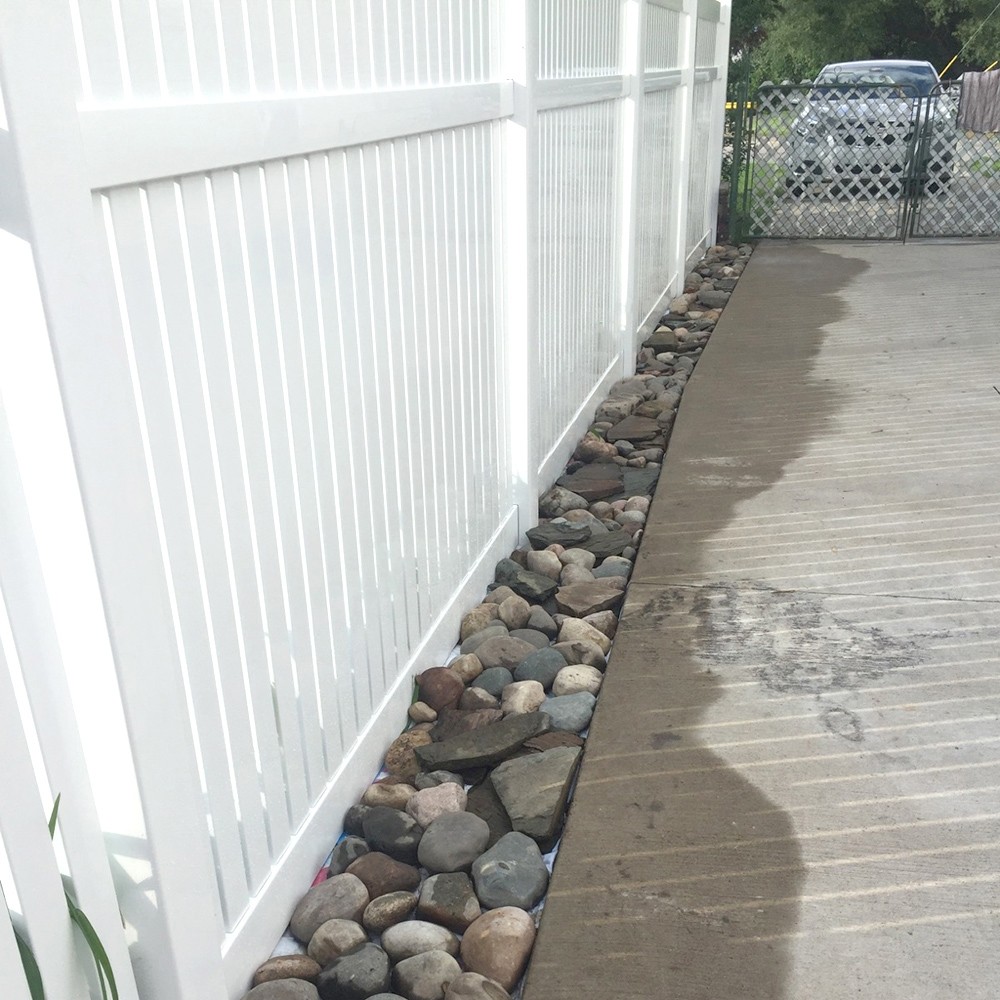
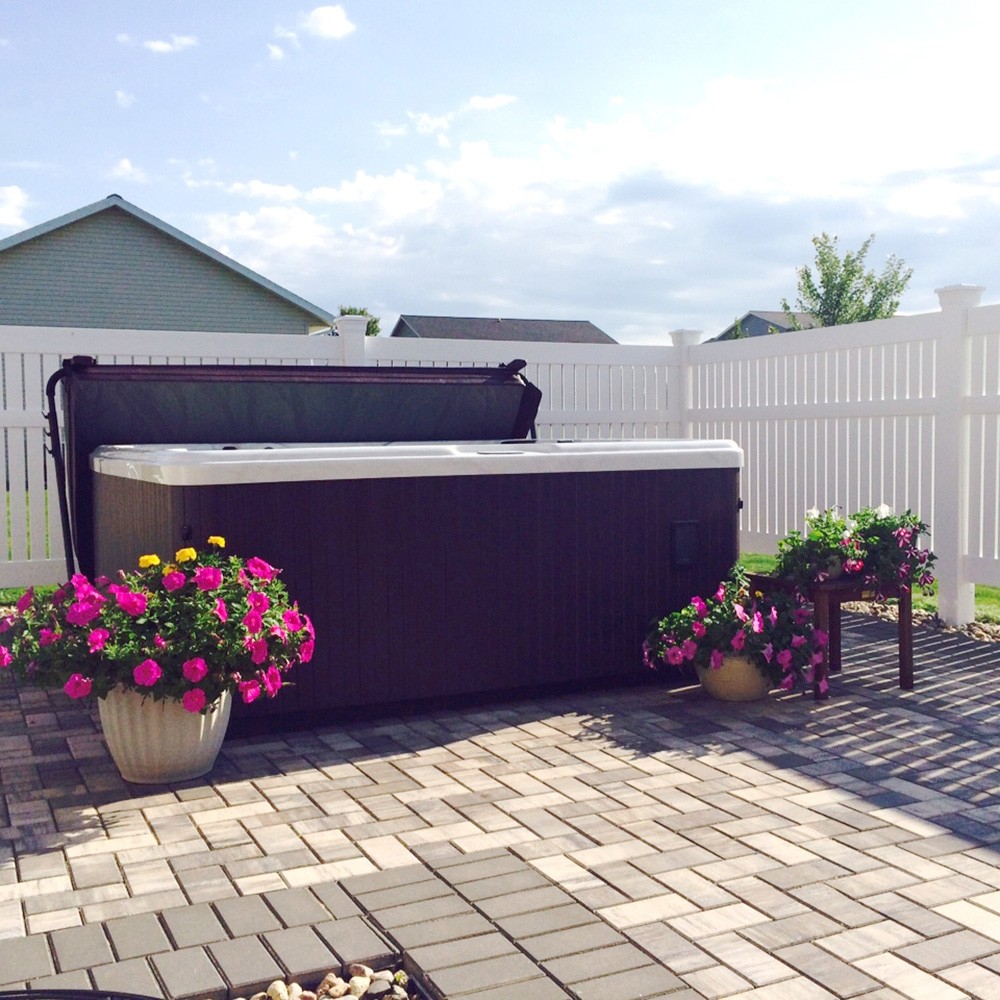
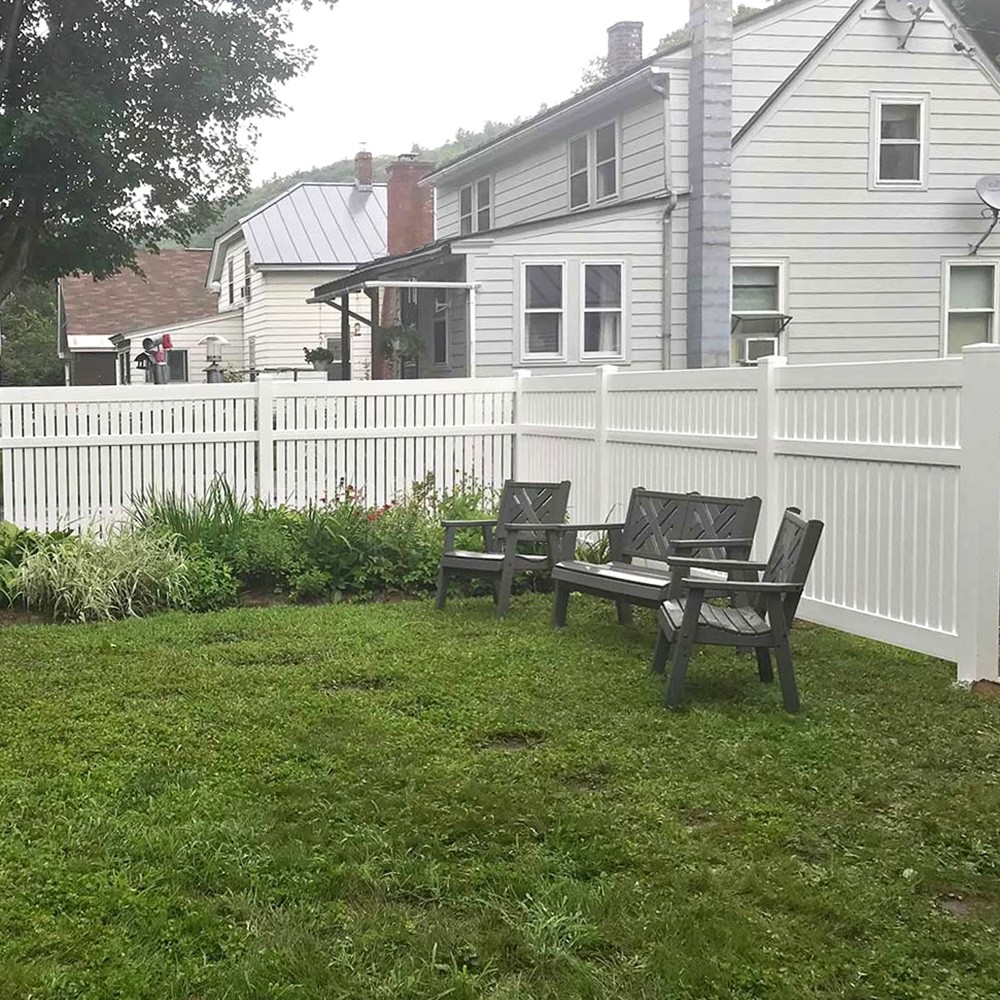
Please note: the following links will take you outside of QuickShipVinyl, to other sites within the DF Supply family including ResinetBarrierFence, TenaxFence, and VinylFenceFittings.
Filling the Fence Gap Alternatives
When selecting the best way to close the gap under your fence, it's important to consider cost, durability, and maintenance requirements. Some solutions, like gravel or mulch, are budget-friendly and easy to install but may require periodic upkeep, while more permanent fixes, such as concrete barriers or kickboards, involve higher upfront costs but offer long-term stability. In many cases, a combination of solutions - such as using mesh fencing alongside decorative rocks - provides the best balance of function and aesthetics. Whatever method you choose, ensure it complements the style of your fence and yard, maintaining both practicality and visual appeal.
Whenever possible, lowering the fence should be the first solution considered, as it provides the cleanest and most natural fix. However, if that isn't feasible, homeowners should select a method that best fits their specific needs, whether it's a simple landscaping adjustment, a durable hardscape barrier, or a fence modification. Closing the gap not only improves security by keeping pets and wildlife in or out, but also enhances privacy and aesthetics, ensuring that your fence remains both functional and visually appealing.
If you have any additional questions, please reach out to our sales representatives or please visit out Resources Hub for more instructional and informational content.

